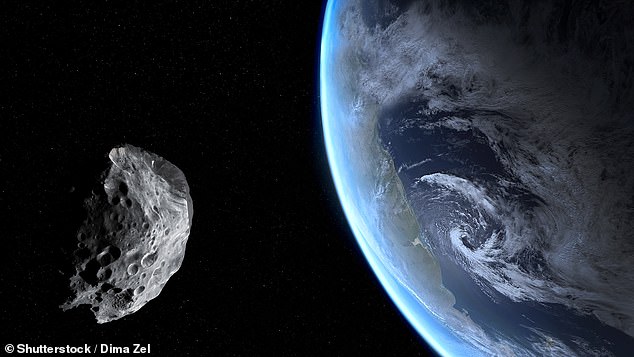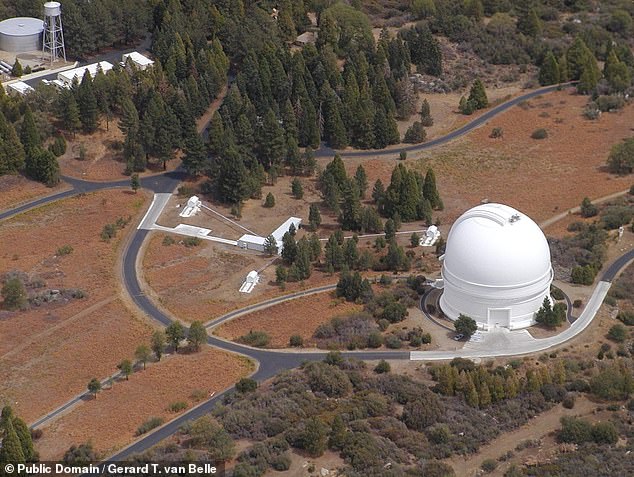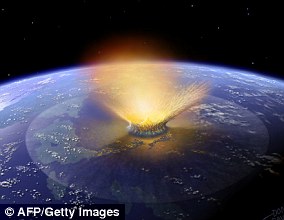NASA: Asteroid the size of a CAR flew less than 1,830 miles past Earth this weekend

Earth’s closest ever recorded fly-by: Asteroid the size of a CAR flew within 1,830 miles of our planet this weekend and NASA didn’t see it until AFTERWARDS
- Researchers have dubbed the 6–18 feet in diameter space rock ‘2020 QG’
- It was spotted by the Palomar Observatory in California late on Saturday evening
- However, at this time, 2020 QG had already made its closest pass over the Earth
- The little asteroid whizzed over the southern hemisphere at 7.7 miles per second
- Even if it had been on a collision course, however, it was too small to do damage
An asteroid the size of a car flew within 1,830 miles of the Earth this weekend — but NASA astronomers did not spot it until after it had passed on by.
The space rock — which experts have dubbed ‘2020 QG‘ — now holds the record for the closest known fly-by of our planet that didn’t result in an impact.
It passed over the Southern Hemisphere the same distance away from the surface of the Earth as the drive from Copenhagen, in Denmark, down to Málaga, in Spain.
Scroll down for video

An asteroid the size of a car flew within 1,830 miles of the Earth this weekend — but NASA astronomers did not spot it until after it had passed on by (stock image)
The asteroid was first spotted by the Palomar Observatory in California some six hours after it had made its closest pass of the Earth at around 9pm, local time on Saturday (5am Sunday BST) and was already heading back further into outer space.
‘The asteroid approached undetected from the direction of the sun,’ NASA Center for Near Earth Object Studies director Paul Chodas told Business Insider.
‘We didn’t see it coming,’ he continued.
According to astronomers, the space rock passed by at around 7.7 miles per second (12.7 kilometres per second) — or some 27,720 miles per hour.
Fortunately, even if 2020 QG had been on a collision course with the Earth, it would mostly likely have been nothing to worry about.
According to NASA, the space rock is likely between 6–18 feet in diameter — meaning it would have probably disintegrated as it entered the Earth’s atmosphere, with only tiny fragments standing a chance of reaching the ground.
‘Yesterday’s close approach is closest on record, if you discount a few known asteroids that have actually impacted our planet,’ Dr Chodas told Business Insider.

The asteroid was first spotted by the Palomar Observatory in California, pictured, some six hours after it had made its closest pass of the Earth and was already flying off into outer space
2020 QG is similar in size to another asteroid which did enter the Earth’s atmosphere — the 9–12 feet in diameter ‘2018 LA’, which reached us on June 2, 2018.
This space rock burnt up over Africa — and if any tiny fragments did impact the ground, no damage or injuries were reported.
For comparison, the Chelyabinsk meteor that exploded above Russia in mid-February 2013 — shattering windows of thousands of buildings over a large area and hospitalising 112 people — would have been at least ten times larger in size.
Advertisement

Communicator. Reader. Hipster-friendly introvert. General zombie specialist. Tv trailblazer









